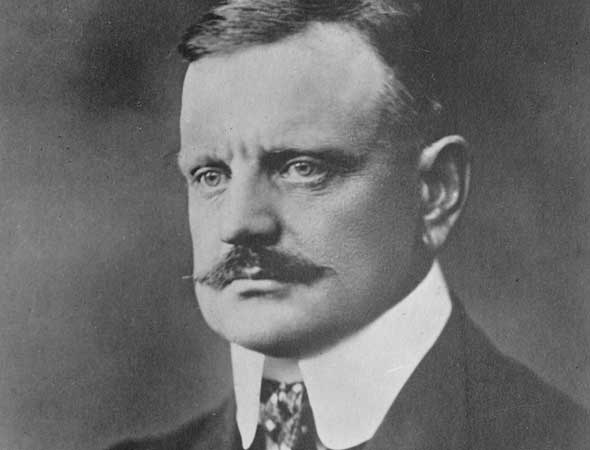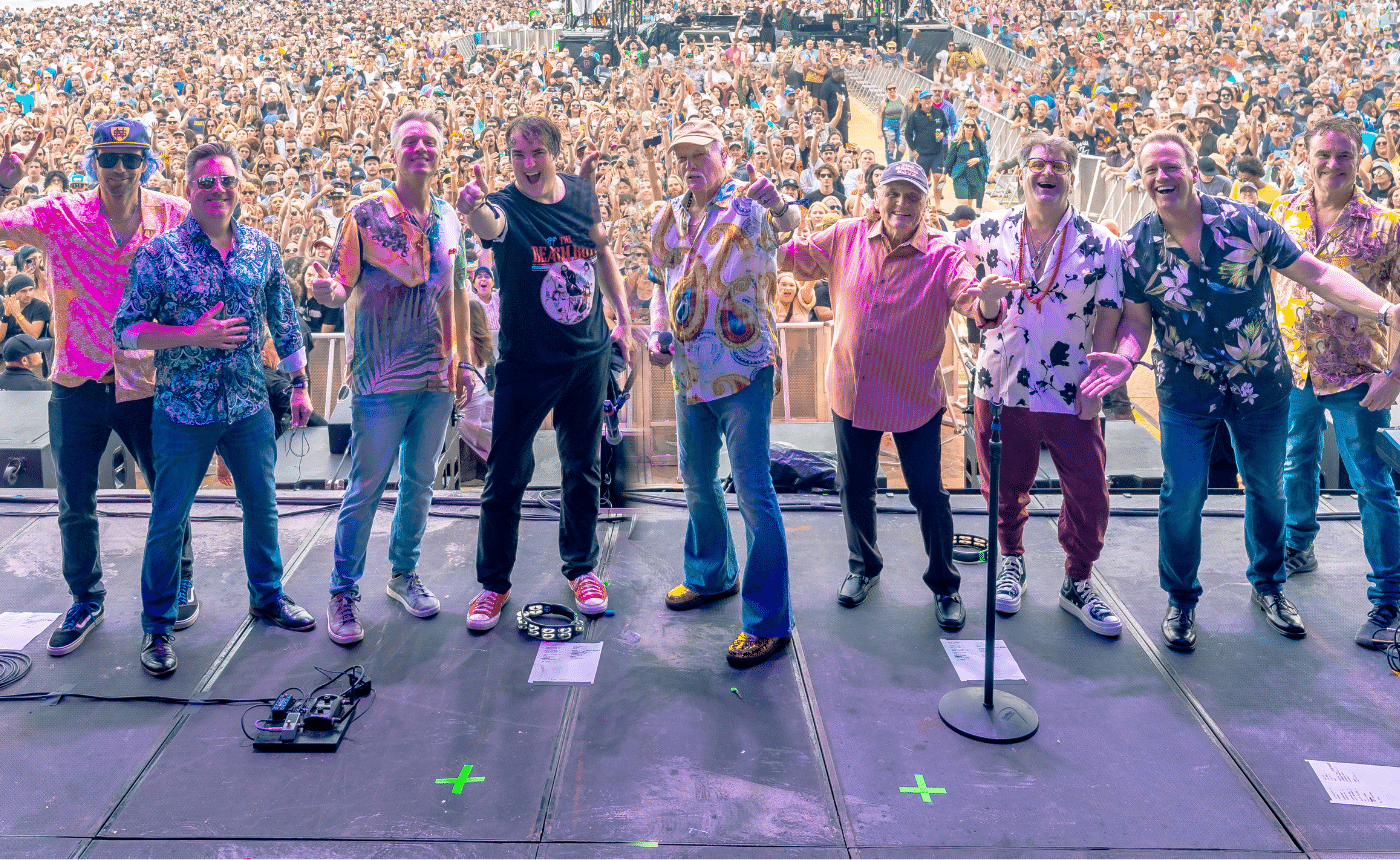SIBELIUS: Symphony No. 2
by Jeff Counts
Duration: 43 minutes in four movements.
THE COMPOSER – JEAN SIBELIUS (1865-1957) – Sibelius met Axel Carpelan in 1900 and their friendship would soon have a significant impact on the composer’s career. Carpelan was a bit of an odd character and though described variously as an “amateur” or “failed” musician, his devoted (and, for a time, anonymous) adoration of Sibelius’ music led to some far-reaching suggestions. Finlandia was his idea and he also felt Sibelius was ripe for a violin concerto and another symphony. Finland, at the turn of the century, was eager to move away from Russian cultural and political dominance and Sibelius was an enthusiastic contributor to these patriotic efforts.

THE HISTORY – It is interesting then, that his Second Symphony would be inspired in part by non-Finnish experiences. One notable component of Carpelan’s brotherly advice was that Sibelius should visit Italy as soon as possible, citing the salutary effects that bright, pastoral country had on Tchaikovsky, Strauss and others. For all his ambition on Sibelius’ behalf, Carpelan was not wealthy, but he was possessed of a formidably persuasive will and soon had the trip funded by others. The efforts were not in vain, though that would not be clear right away. The Italian diversion was defined by personal strains and compositional blocks for Sibelius, but he did make progress on an “orchestral fantasy” built in part with material from a pair of unrealized projects based on the Don Juan legend and Dante’s Divine Comedy. The “fantasy” soon became a symphony and, as such, was a work wholly different from its predecessor. The First Symphony had been a rather moody utterance, dimly reflective of the Finnish plight as Russian yoke-bearers, but the Second seemed a beacon of triumphal hope and possibly even a blueprint for future independence. This assumed political undertone was taken up immediately and in earnest by everyone but Sibelius himself, who denied any revolutionary program behind the music. His protestations, whether true or merely reactive, were unconvincing and ultimately unimportant. As an icon of his people’s growing nationalism, his creations were always icons themselves, in service to the larger aspirations of Finnish pride. Sibelius may have been anxious to promote the purely musical revolution he was offering and, when viewed outside the social lens, the Second Symphony succeeds there too. Sibelius knew he was breaking innovative ground and while sketching out the themes and structures of the piece in Florence, he claimed to have “fallen fatally in love” with it. Even now, some 120 years later, the same could still be said for all of us.
THE WORLD – Edward VII was crowned King in the United Kingdom in 1902. Also that year, Leopold II of Belgium survived an assassination attempt and Sir Arthur Conan Doyle published The Hound of the Baskervilles.












